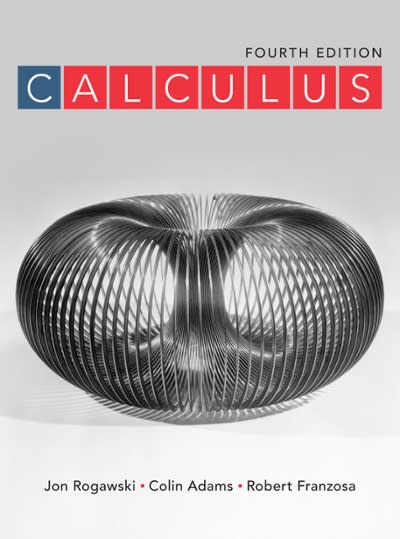Question
Please use the sheet (data) provided below: https://docs.google.com/spreadsheets/d/1pHp6Zkx1LXIiLIlgD6sZIM26QrY0ODnHdHKBA3NsDV0/edit?usp=sharing The sheet includes randomly generated data from an experiment where scientists assessed the cognitive capacity of people
Please use the sheet (data) provided below: https://docs.google.com/spreadsheets/d/1pHp6Zkx1LXIiLIlgD6sZIM26QrY0ODnHdHKBA3NsDV0/edit?usp=sharing
The sheet includes randomly generated data from an experiment where scientists assessed the cognitive capacity of people in Hong Kong (HK) (through a CONCENTRATION test), after lunch time. Scientists then want to assess whether the levels of glucose in the blood (which usually go up after eating), have an influence in the level of concentration (Question 1). For logistics and funding reasons, scientists did not sample everywhere in HK but only a subsample of the HK population taking surveys in 8 randomly selected subway stations across HK. Scientist recorded the gender of each participant in order to assess its influence on the overall capacity for concentration after lunch in people living in HK. Scientists were not particularly interested in the effect of the glucose or local geographic influences (Stations) on Concentration, but the influence of gender (Question 2).
The following variables were measured for each participant:
? Concentration (it is represented as a score).
? Blood Glucose (mg/dL).
? Station (Subway station where the test was conducted)
? Gender (male or female)
Question 1: Do levels of glucose in the blood influence the concentration of people in HK after lunch?
Question 2: Does gender influence concentration capacity of people in HK after lunch?
Please check out the data file, import it into R and complete the quest below.
Define the model used for each question and justify its selection. Then analyse the data using the model/method described above and following your hypothesis (do not run tests that are irrelevant to your hypothesis but remember the ones that are always needed as part of any statistical test discussed in class/tutorials).
Include the corresponding statistical tables for each question, including sources of variance and components (Sum of squares, mean of squares, df, F, P, etc). And Use ggplot to graph the main figure for each question (Q1: influence of glucose on concentration based on your model; Q2: gender influence on concentration based on your model). Graphs should be in a clean and clear format. Two graphs in 1 Figure. i.e., include 1 figure with 2 panels - panel A for question 1 and panel B for question 2.
Please refer to my report for more: https://docs.google.com/document/d/1DoZpEPGSRlrg0zBkBeGLwU9lyVR_IxkiBOaW4oKaDpU/edit?usp=sharing
Please find attached is different models discussed in class and tutorials (below). Please follow this summary of models and adjust them based on your ideas and criteria.

Step by Step Solution
There are 3 Steps involved in it
Step: 1

Get Instant Access to Expert-Tailored Solutions
See step-by-step solutions with expert insights and AI powered tools for academic success
Step: 2

Step: 3

Ace Your Homework with AI
Get the answers you need in no time with our AI-driven, step-by-step assistance
Get Started


